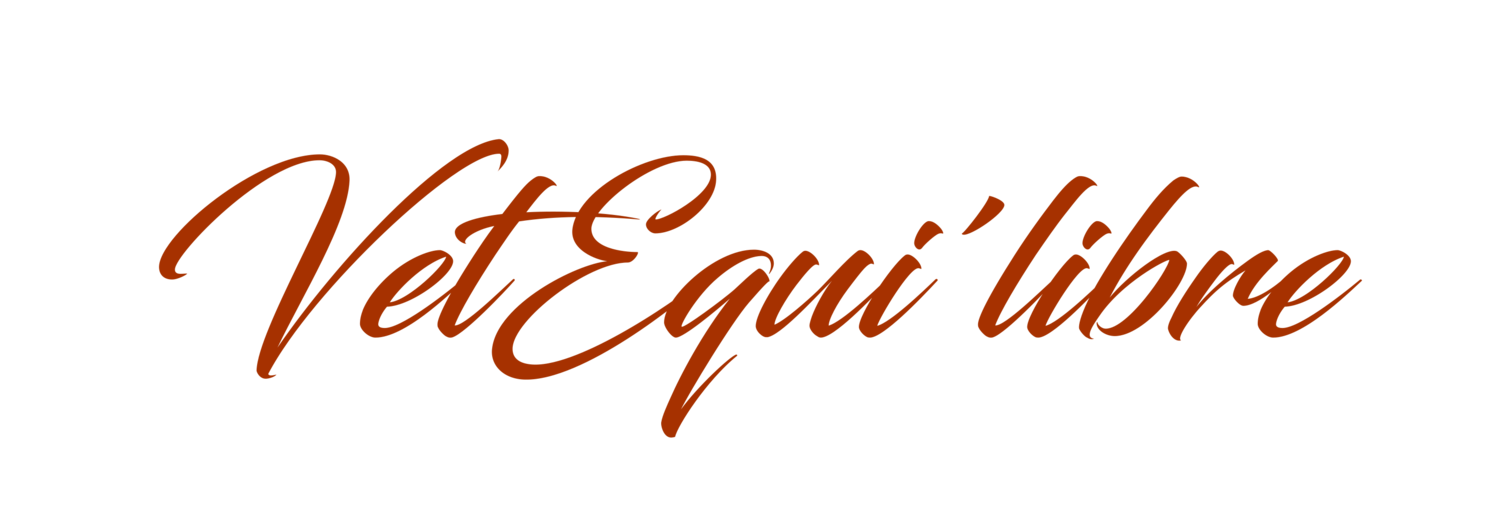
About veterinary osteopathy
A little summary in english…
Through my work experience in Sweden, I had to explain osteopathy using English. It was a quite dificult exercise and the result is not perfect. But at least, this summary allowed me to explain osteopathy to people that trusted me to care for their horses. Maybe it can be usefull for some of you…
Osteopathy is a whole body manual therapy, treating dysfunction of body’s stuctures as musculoskeletal tissues, but also cranial, visceral and fascial tissues. We use both, mechanical and fluidic movements, to diagnose and treat the body.
An osteopathic dysfunction is a loss in the physiologic movement of the tissue (mobility). By manual techniques we will restore or approach its normal movement.
A loss of mobility can occur for many reasons and it blocks all or part of the circulation (nerves, veins and arteries, other fluids…) of the tissue (whatever if it’s a muscle, a joint or any other « soft tissue »). As a consequence, this tissue can’t be nourished, oxygenated nor drained. That creates an imbalance and the tissue loses its physiological function. By releasing these blocks with osteopathy, we allow the body to regain its physiological balance and then heal by itself. That explains why the animals need some rest after osteopathy. And also why they can be worse some days before getting better. The body needs to clean itself.
We can use different techniques or methods, mixing them in a whole treatment.
- Musculoskeletal approaches are biomechanical manipulations
- Cranio sacral approach treats the vertebral axis and all structures inside, from the cranium to the tail. This is the basis of our nervous system that is essential for good health.
- Visceral approach using motion to release differents tension and density.
- Fascial techniques. The fascia tissue (connective tissue) is the one which allows the body to be structured and maintained in a whole unity. We can work on it by stretching or compression.
- Fluidic techniques are done by feeling the circulation of the fluids and rebalancing them when needed.
- Somato-emotional release: most of the time, it’s a finding that we liberate during the treatment.
An osteopathic treatment will change the horse’s proprioception pattern. So the horse needs some time to take in mind its new pattern. The body also needs some rest to rebalance all the fluidic circulation. Your horse needs to rest in an environment that he already knows (box or outside), and can’t be ridden for a few days.
Usually, I advise this planning :
- 2 days of total rest,
- 1 day lunge without any training aid,
- 1 or 2 day stretching / walk to work/ little ride outside only if used to
- then you can go forward with the training, depending on what the animal is used to
- Wait 8 to 10 day (after the osteopathic day) before jumping





